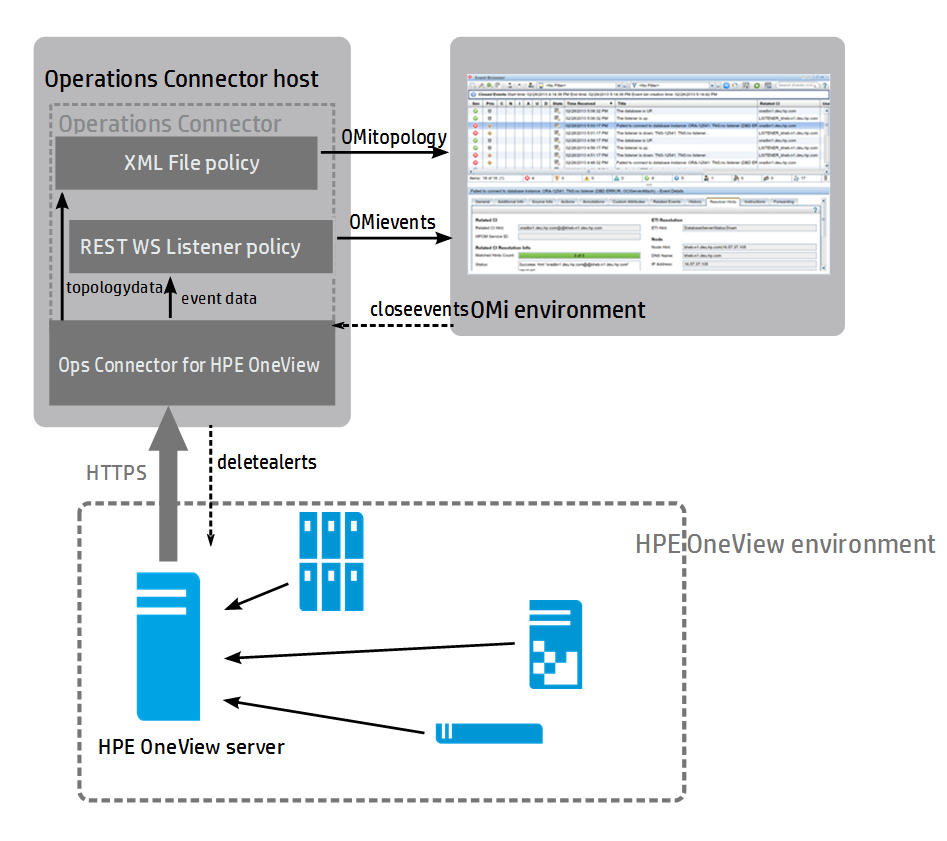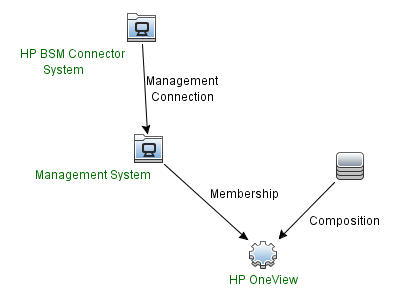Searching the Help
To search for information in the Help, type a word or phrase in the Search box. When you enter a group of words, OR is inferred. You can use Boolean operators to refine your search.
Results returned are case insensitive. However, results ranking takes case into account and assigns higher scores to case matches. Therefore, a search for "cats" followed by a search for "Cats" would return the same number of Help topics, but the order in which the topics are listed would be different.
| Search for | Example | Results |
|---|---|---|
| A single word | cat
|
Topics that contain the word "cat". You will also find its grammatical variations, such as "cats". |
|
A phrase. You can specify that the search results contain a specific phrase. |
"cat food" (quotation marks) |
Topics that contain the literal phrase "cat food" and all its grammatical variations. Without the quotation marks, the query is equivalent to specifying an OR operator, which finds topics with one of the individual words instead of the phrase. |
| Search for | Operator | Example |
|---|---|---|
|
Two or more words in the same topic |
|
|
| Either word in a topic |
|
|
| Topics that do not contain a specific word or phrase |
|
|
| Topics that contain one string and do not contain another | ^ (caret) |
cat ^ mouse
|
| A combination of search types | ( ) parentheses |
|
OneView
The Operations Connector for OneView (OpsCx for OneView) integrates event and topology data from OneView to an Operations Manager i (OMi) solution.
The integration provides the following functionality:
- Forwarding of OneView alerts (events) and topology to OMi
- Customization of forwarded events and topology
- Clearing of OneView alerts from OMi, using the BackSync functionality of Operations Connector
OpsCx for OneView is a GenInt-based integration. If you installed other GenInt-based connectors, see Install topic for additional details.
Product Concepts
The OpsCx for OneView is installed on the Operations Connector system and uses a Web Service interface to collect the events and topology from the OneView system. No additional components need to be installed on the OneView system.

Event Collection and Forwarding
OneView alerts (events) are collected and processed by the event collector script. The event collector receives events from the OneView server through its Web Service interface using the HTTPS protocol.
Events are collected from the OneView system periodically, using a preset event polling interval. By default, the polling interval is set to 45 seconds. In case a poll is not executed as planned, the next poll collects all events that were newly created or changed since the last successful poll. When the collector is started for the first time, existing OneView alerts are collected and forwarded (by default, alerts from the last 120 minutes are forwarded).
Event data is mapped to the OMi conform form using a web service policy.
The policy Operations Connector for OneView (02.02) - Event Integration is used to map events to the OMi conform form. Each event is tested if it matches a rule. If it does, the first condition of the rule will map it into OMi. To ensure all events are mapped, the default rule matches all alarms.
By default, alarms are mapped to events as follows:
| OneView alert severity | OMi event severity |
|---|---|
| Critical | Critical |
| Warning | Warning |
| OK | Normal |
| Unknown | |
| Disabled |
Topology Collection and Forwarding
Topology data is collected by the topology collector script that is run regularly (by default, every hour). The topology collector receives data from the OneView server through its Web Service interface using the HTTPS protocol and forwards it to the Operations Connector for further processing.
The policy Operations Connector for One View (02.02) - Topology Integration is used to map acquired values to configuration items (CIs) in the Run-Time Service Model (RTSM),
The following CI types are created for OpsCx for OneView 2.02 version:
-
rack
- datacenter
- enclosure
- node
- management processor
- Integrated Lights-Out (iLO) IP address
See the following figure for an example.
/Content/Resources/Images/Capture.PNG)
The policy Operations Connector for OneView (2.02) - Topology Self Discovery retrieves topology data about the OneView integration environment itself. See the following figure for an example.


Event Closure Back Synchronization
If an OneView event is closed in OMi, the OneView server needs to be informed and should also clear the corresponding OneView alert. This is known as BackSync and uses Perl scripts (OMBackSync.pl and OMBackSync_OneView.pl) to send an HTTPS request to the connector, which clears the alert on the OneView server using the OneView web service. If this succeeds, the alarm is cleared in OneView.
For details about configuring BackSync to the OneView server, see Configuring Event Back Synchronization topic.
Related topics
Configuring Event Back Synchronization
We welcome your comments!
To open the configured email client on this computer, open an email window.
Otherwise, copy the information below to a web mail client, and send this email to ovdoc-asm@hpe.com.
Help Topic ID:
Product:
Topic Title:
Feedback:





